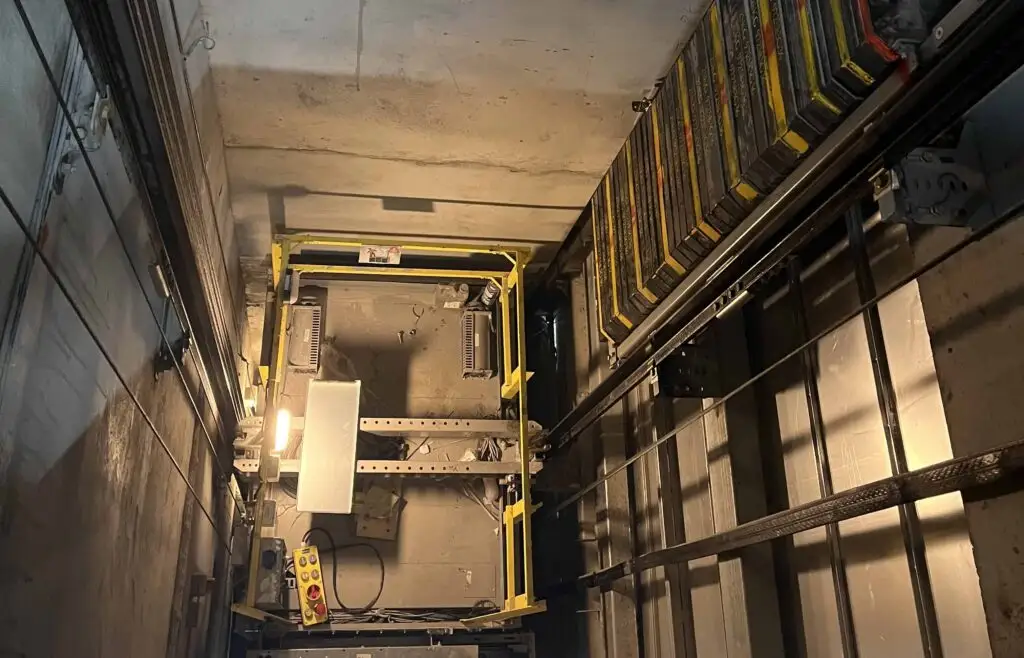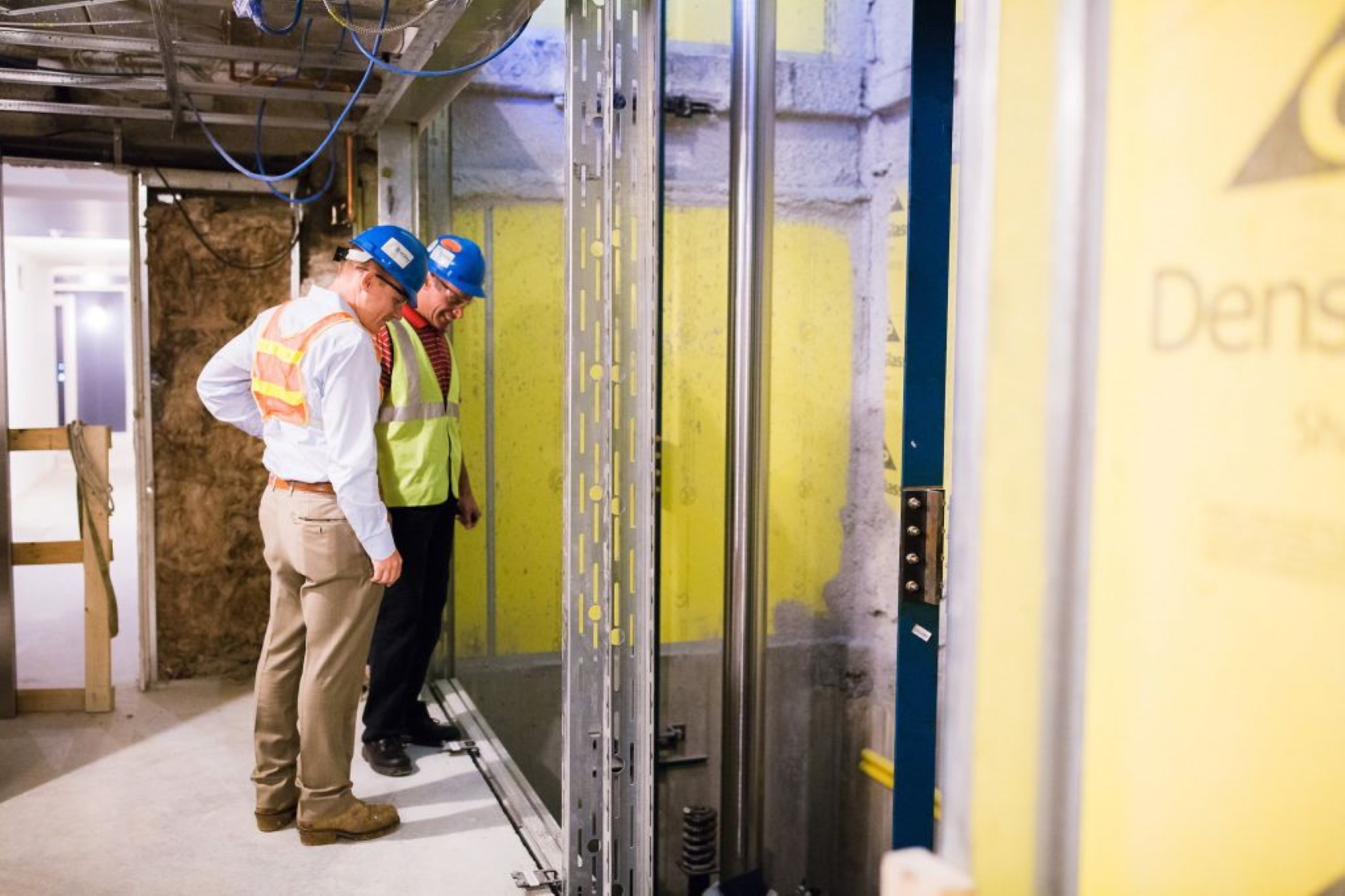Leading Lift Service Companies-- Comprehensive Take Care Of Lifts and Elevators
Troubleshooting Tips for Common Issues With Disabled System Lifts
When it comes to making sure the smooth operation of handicapped system lifts, encountering typical problems can interrupt the functionality and availability they offer. Allow's explore some practical pointers to resolve these typical issues and make certain the correct functioning of disabled system lifts.
Power Supply Issues
When experiencing power supply concerns with disabled system lifts, the first action is to methodically examine and fix possible sources of power interruption. If the power source is verified to be functioning, continue to check the power cord for any type of indicators of damage or put on that can be triggering a disruption in the power supply.

Control Board Issues
Control board breakdowns on handicapped system lifts can significantly hamper their functional performance and pose safety threats to users. The control board functions as the main interface for running the lift, permitting individuals to initiate activity, control rate, and take care of stops at different levels. When the control panel runs into problems such as unresponsive buttons, unpredictable behavior, or screen malfunctions, it can interrupt the entire lift operation.
One typical trouble with control board is electrical mistakes, which might result from circuitry concerns, power surges, or component damage. These mistakes can create the control board to breakdown or become unresponsive, making it challenging for individuals to run the lift safely. Additionally, environmental variables like wetness or severe temperature levels can likewise affect the control board's efficiency, leading to potential failings.
To attend to control panel issues properly, routine maintenance checks and examinations are necessary. On a regular basis cleaning the control board, inspecting electrical wiring connections, and making sure appropriate calibration can assist avoid breakdowns and guarantee the lift runs smoothly. In situations of persistent concerns, speaking with a qualified specialist for repair services or substitutes is suggested to maintain the lift's performance and security for individuals.

Platform Stuck or Jammed
In scenarios where the handicapped system lift experiences a system stuck or obstructed, instant attention and proper troubleshooting are crucial to ensure the lift's functionality and customer safety and security. When encountering a platform that is stuck or obstructed, the initial action is to quit any type of continuous procedure of the lift to stop more damage or security risks.
After recognizing and eliminating any obstructions, attempt to by hand move the platform to see if it maximizes. If hands-on efforts are not successful, avoid utilizing too much pressure as this could create damages to the lift device. In such cases, it is advised to get in touch with a licensed technician or the lift maker for expert assistance in fixing the issue. Trigger and proper resolution of a stuck or jammed system is learn the facts here now important to keep the lift's operational performance and make certain customer safety.
Safety Sensing Unit Malfunctions
An essential component of disabled platform lifts, safety sensors play a crucial role in making sure customer defense his explanation and lift procedure. If repairing the sensing units does not solve the issue, speak with a certified service technician to conduct a complete assessment and fixing to maintain the lift's safety and functionality. Regular maintenance and prompt resolution of safety sensing unit breakdowns are vital for the risk-free procedure of handicapped system lifts.
Unusual Noises or Movements
When running an impaired platform lift, listening to any type of uncommon sounds or motions is vital for determining prospective problems that might impact its performance and safety and security. Uncommon noises, such as grinding, shrilling, or clunking noises, can show issues with the lift's mechanical components, such as damaged gears, loosened bolts, or broken bearings. These problems, if left unaddressed, may cause malfunctions or perhaps total break down of the lift.
Similarly, uncommon movements of the platform, such as jerking, drinking, or unforeseen quits, must not be ignored (lift helpful site service companies). These motions could be a sign of electric issues, hydraulic system troubles, or irregularities in the lift's programs. Promptly exploring and addressing these uncommon movements can protect against mishaps and make certain the continued risk-free procedure of the platform lift
In case of experiencing uncommon sounds or movements, it is a good idea to discontinue using the lift quickly and get in touch with a certified professional for examination and repair work. Routine upkeep and timely troubleshooting of any unusual indicators can aid prolong the life-span of the disabled platform lift and make sure the safety and security of its users.
Final Thought
In final thought, repairing common problems with impaired system raises requires identifying and attending to power supply issues, control board concerns, system jams, safety and security sensor breakdowns, and uncommon sounds or activities. By adhering to proper maintenance and repairing procedures, customers can guarantee the safe and reliable operation of system lifts for people with handicaps.